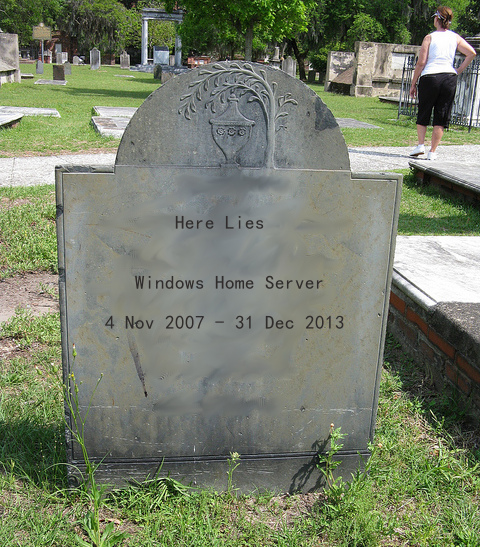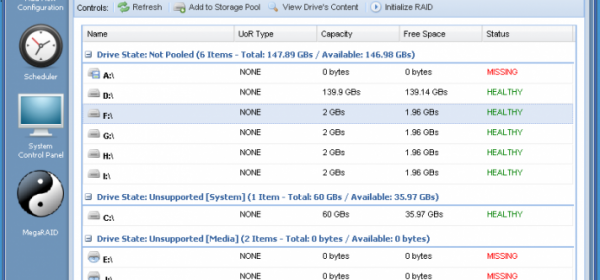
This can be a nightmare for performance when you have lots of small random writes, like you might experience on a busy database server. I need to get out for a long day of flying to see if this actually improves my video editing experience as much as I remember that it should! /jj2LKDpurS- Pat Regan May 17, 2019 It has been about four days, and promotions to the lvm-cache have slowed, but my write hit rate has gone back up over 50%. That is a read and a write to every disk in the array, and what your RAID system uses for a chunk is probably several megabytes. If nothing is cached in RAM, your RAID system needs to read a chunk from every disk, modify that 4K sector in RAM, recompute the checksum for that chunk, then write that data back out to every single disk. Let’s say you need to modify a single 4K sector. In the worst case scenario, RAID 6 has terrible write performance. You can do something similar with FreeNAS and ZFS, though I’m not as well versed on how SSD caching on ZFS works. I’m using a mirrored pair of Samsung EVO 850 SSDs in my lvm-cache setup. The first thing you can spend money on is an SSD cache. I just want to spend even more money! What can I do to get even better performance?! I just wanted to buy fewer disks to save a few bucks. None of my VMs generate much disk activity. I’m using something a little different, but not for performance reasons. Odds are good that you can still get away with a simple, slow RAID 6 or RAID-Z2 configuration. Another is running Plex, and it has to transcode video. One VM is running Octoprint for your 3D printer. Your server is running a handful of virtual machines. Maybe you have a virtual machine server at home, like my KVM server. Maybe you’re not just running a simple NAS server. The important point to remember is that your RAID configuration isn’t likely to be the limiting factor in how much UHD content you can stream around the house!įor what it is worth, current UHD streams from Amazon and Netflix are currently in the 20 megabit per second range.īut I’m not just serving video to a dozen TVs, and I heard RAID 6 is slow! There will be contention for disk as your server needs to seek as it jumps from one video to another. You can’t just divide the speed of your Gigabit Ethernet interface by 40 or 128 megabits and decide that your server can handle streaming 8 UHD Blu-Ray streams or 25 HD Blu-Ray streams. A single hard drive can sustain speeds over 150 megabytes per second, and a RAID-Z2 or RAID 6 will easily have read speeds several times higher. Blu-Ray for UHD will max out at 128 megabits per second. I’ll explain more about that later, if you’re interested in those details.īlu-Ray tops out at 40 megabits per second. As long as you’re mostly working with large files, like videos, your slow disks and choice of RAID configuration aren’t slowing things down. Your bottleneck is going to be your network, and that network is probably Gigabit Ethernet. Want to know more? Check it out at: /IkzLFGfo8M- Brian Moses April 14, 2019 I'm slowly preparing to #3dprint my own #NAS case, hopefully with a bit of my own touches! I sat aside some time today to start printing/checking Toby K's calibration objects. You’re already using large, inexpensive, slow disks–anything that isn’t an SSD is extremely slow now! In fact, most people with a NAS at home won’t be impacted by the slower write performance of RAID-Z2 or RAID 6. These RAID levels have write performance issues, but they won’t get in your way. The easy thing to do is just use FreeNAS, set up RAID-Z2, and forget about it. You’re storing video to stream to TVs around your house, or you’re into photography, and you’re storing lots of RAW photos. What are you doing with your home server? Can You Run A NAS In A Virtual Machine? at.Building a Low-Power, High-Performance Ryzen Homelab Server to Host Virtual Machines at.40-Gigabit Infiniband: An Inexpensive Performance Boost For Your Home Network.Pat’s NAS Building Tips and Rules of Thumb.I hope I can at least provide you with a good starting point. You shouldn’t trust me just because I used to do this for a living! You should do your own research.


Figuring out what sort of disk configuration would provide optimal or even just adequate performance for the task at hand. I haven’t worked a regular 9 to 5 job in quite a long time, but when I did, this was a big part of my job. In fact, I would wager that your data is more valuable than you even realize! I’ve been running a little virtual machine host at home, and I’ve explained my home server choices on my blog, too. He’s been giving away DIY NAS builds for years, and he’s explained his ZFS disk configuration. Brian and I have been writing about our adventures with home servers for a long time.


 0 kommentar(er)
0 kommentar(er)
